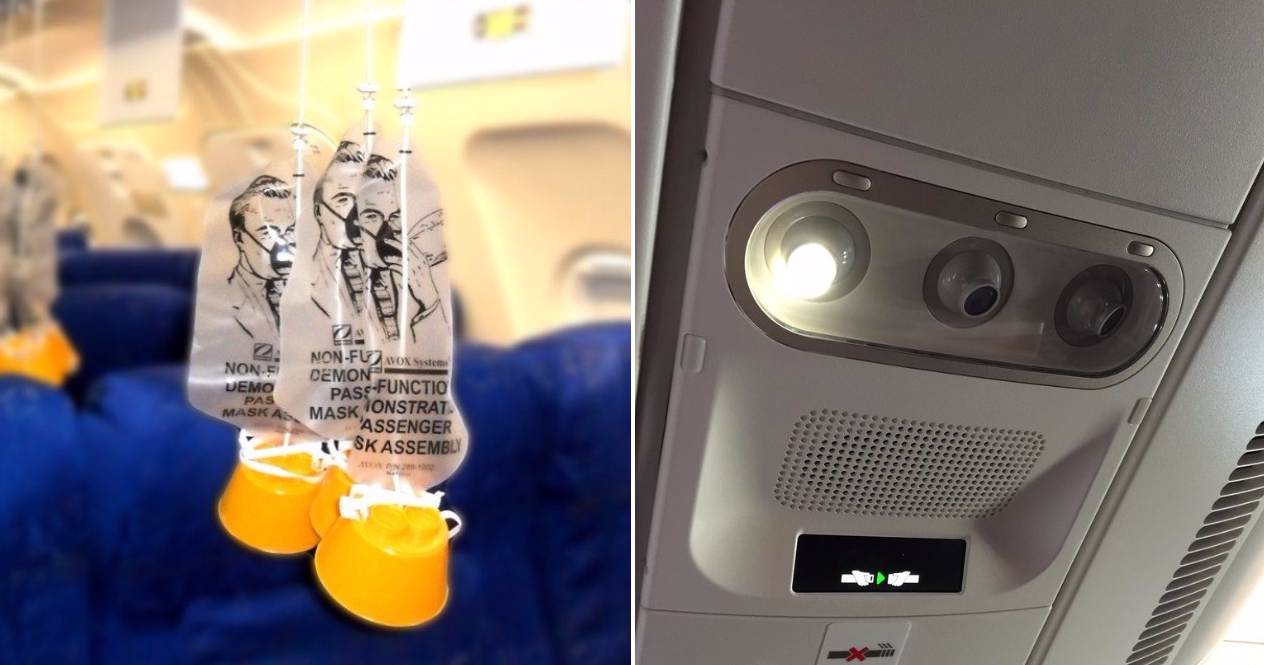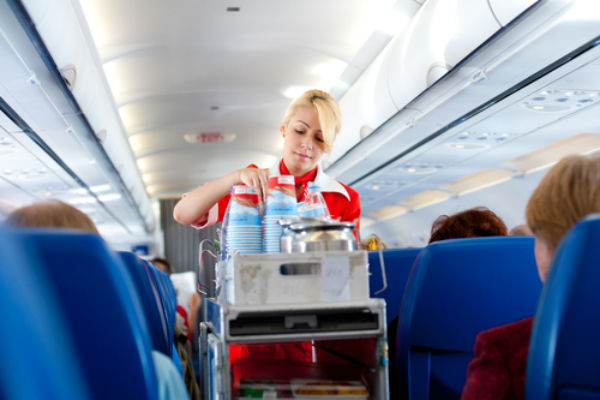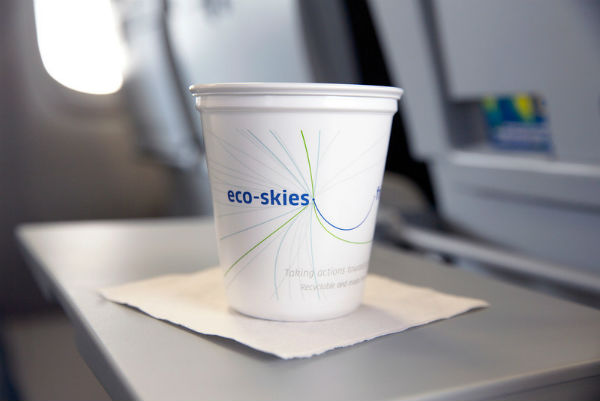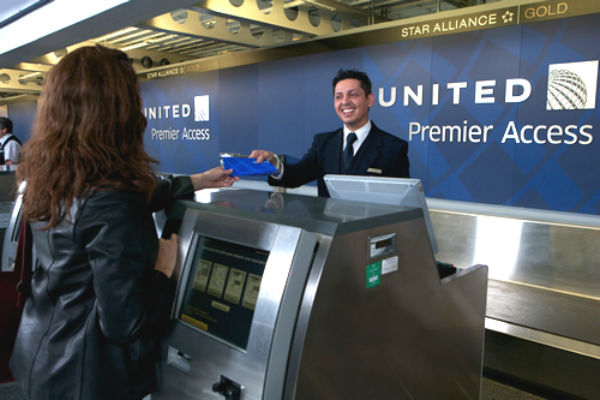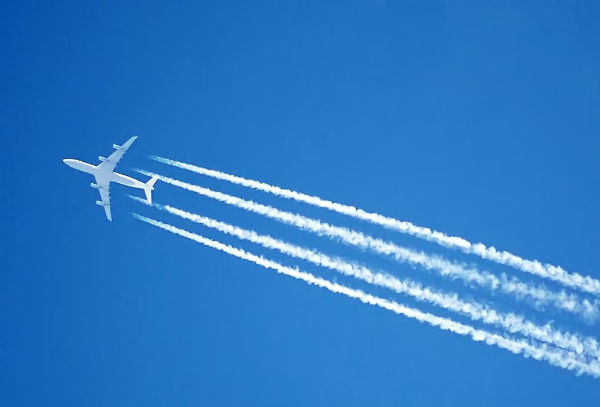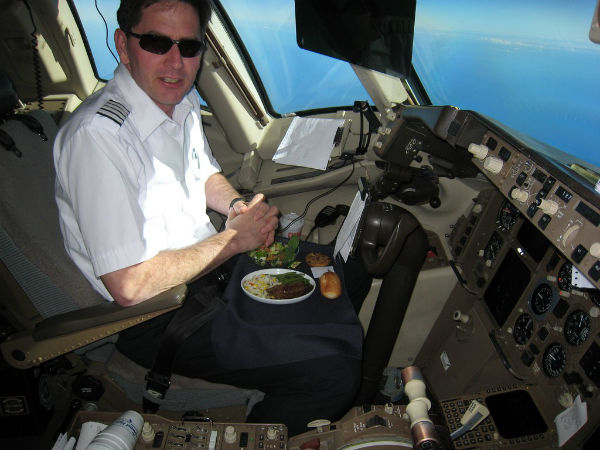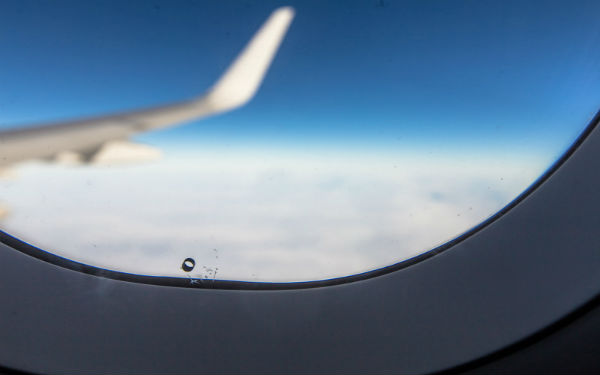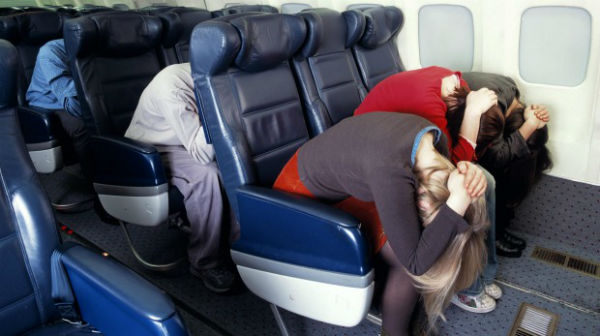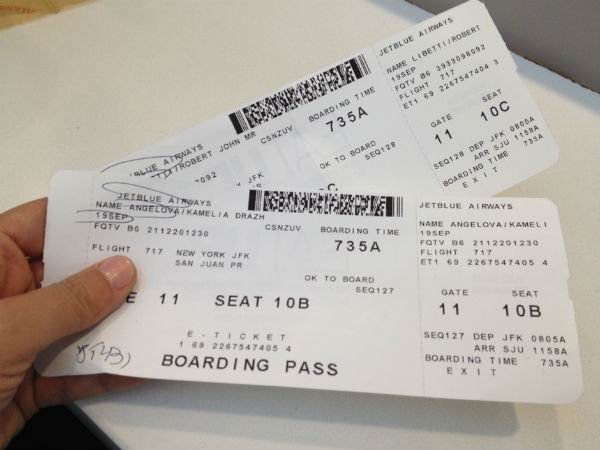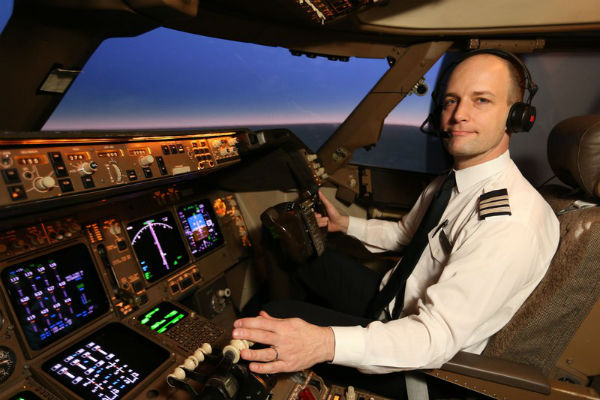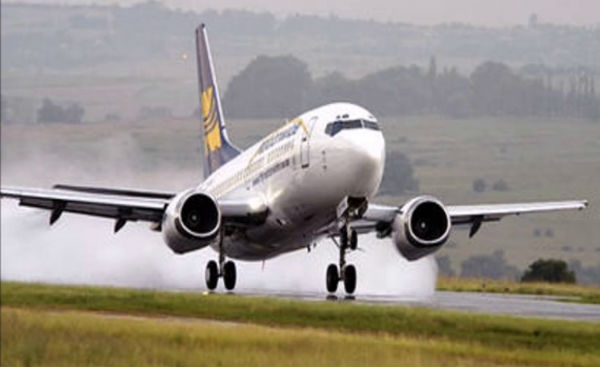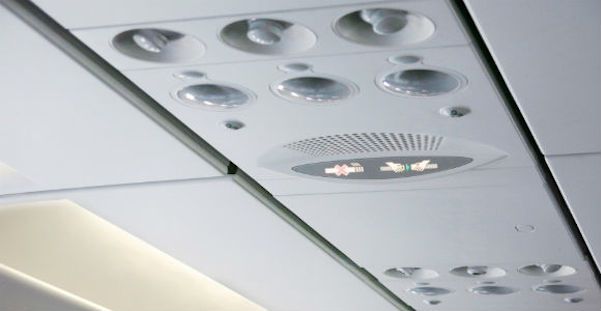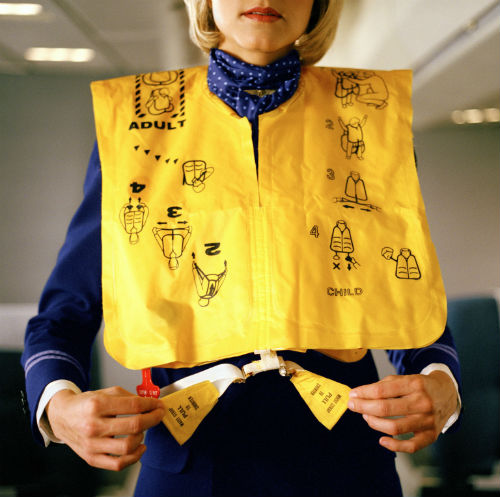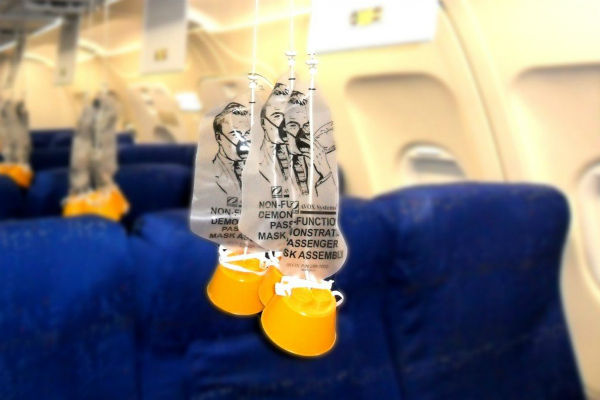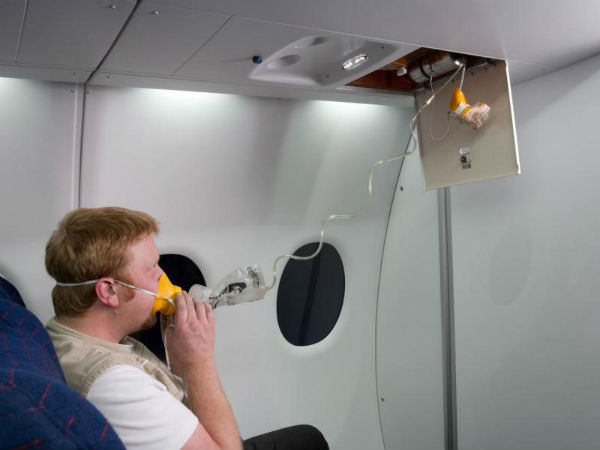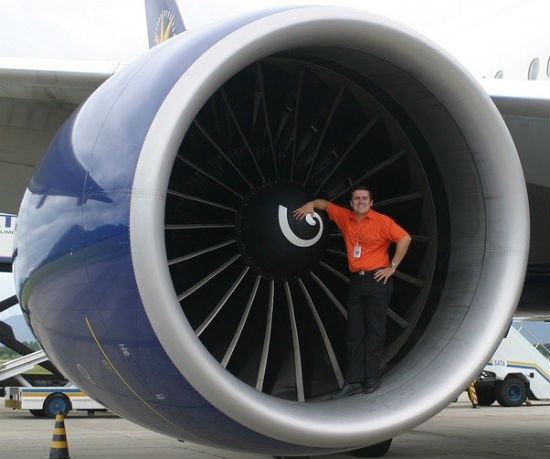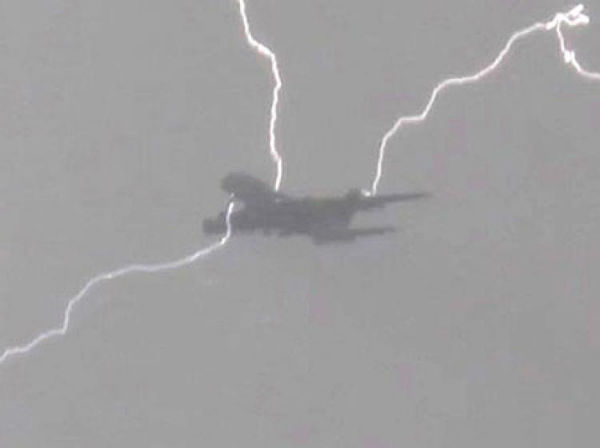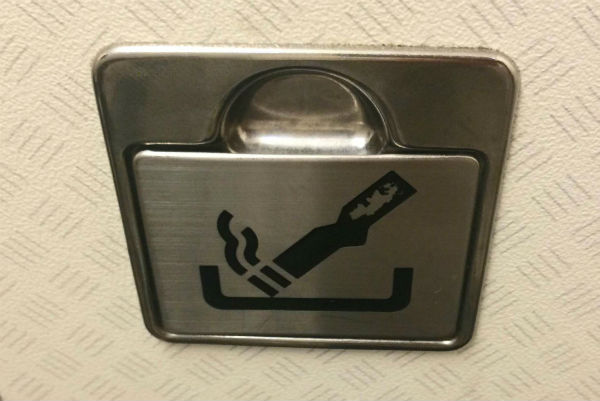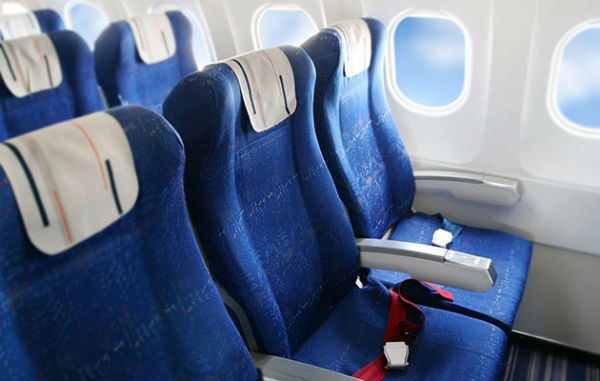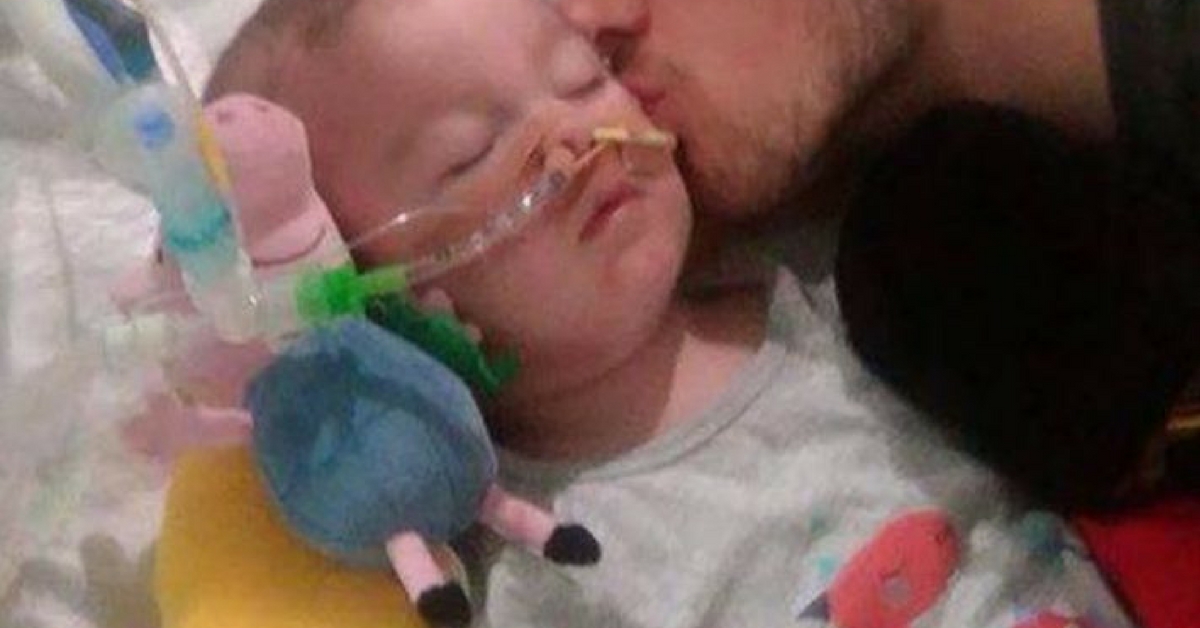Do you ever get the feeling when you're flying that there's something you're not being told? There are lots of secrets hiding right under your nose in an airplane cabin. Here are 20 of the most interesting ones we could find:
1. Yes, the coffee tastes different
If you notice it's impossible to get your tea, coffee or hot chocolate to taste just right on an airplane, you're absolutely right. Because of the lower pressure in a plane's cabin, water boils at 90 degrees instead of 100.
The lower temperature means that everything made with hot water tastes "off." So maybe order a soda instead - but not a diet one.
2. Pick your dates very carefully
There are lots of tricks and strategies you can use to save money on your flight, but this is the oldest and the most reliable tip of all: plan to start your vacation on a Tuesday.
Flights are cheaper on days when there are less people flying, because airlines are trying to fill empty seats. Tuesdays, Wednesdays and Saturdays will usually give you the best deals, while Friday flights are most expensive (of course).
3. What's in a contrail?
These long white "clouds" are the subject of a lot of conspiracy theories, but in fact they're totally harmless. When warm water vapor inside your plane's engine hits the cool air outside, it condenses into the long white stream we can see from the ground.
4. Pilots never share their meals
One of the strictest rules airlines have is that pilots cannot eat the same meal or share food with each other. Why? Because they can't take the risk that both pilots get sick from their meals. Usually the lead pilot will have a First Class meal while his copilot enjoys the Business or Economy dish.
5. Those little holes on the window
No part of an airplane baffles passengers more than this. What exactly are these little holes supposed to do? Why don't they let in air from the outside of the plane?
In fact if your press your finger to the hole you can feel there's another pane of Plexiglas behind in. And a third layer behind that one. What you have here is a regular window, a backup window pane in case the outside is damaged, and an interior pane. The little hole regulates pressure, which keeps the middle pane from cracking.
Okay, enough trivia. Want to learn something really useful?
6. Want to survive a crash?
According to Time, it's safer to sit near the back of the airplane compared to other seats, but just barely. They analyzed a series of plane crashes and found passengers in the back row survived 68% of the time, compared to just 61 and 62% in the middle and front rows.
7. Save your boarding pass
Not only is it a nice keepsake from your vacation, but it can also earn you some bonus air miles. Airlines have a reputation for being stingy about points and miles their passengers have earned, so it's handy to save proof that you took your trip in case you need to fight for them.
8. The captain is in control
When the plane is in the air the captain is the boss, and while most people naturally accept that, his/her powers are a lot more impressive than you might realize. During a flight, the captain can arrest you, fine you, or even take a dying passenger's will.
So what's the one thing he can't do? Eat his copilot's meal, of course. (You should have remembered that one from earlier!)
9. Not all bumps are turbulence
If you seem to hit a very sudden "bump" in midair that sends everyone bouncing out of their seats, that's not actually turbulence. Sudden, one-off shakes are called an updraft, while a prolonged shaking or rolling is turbulence.
There are some reliable tips to cope with turbulence, but there's really no reason to worry. It can't actually bring down an airplane, it will only annoy the pilots.
10. Occupied
In an emergency, a steward or stewardess can unlock the door on the bathroom in seconds. The trick for every plane is a bit different, but most have a switch hidden behind the "No Smoking" sign. So don't count on privacy if you're planning to join the Mile High Club.
11. Don't blame the pilot for a bumpy landing
They say the sign of a good pilot is a smooth landing, but sometimes a bumpy ride can't be helped. When it's rainy outside, the pilot has to slam the plane's tires into the tarmac to avoid sliding on the layer of water.
Plus, some airports have a reputation for bad landings. Special conditions and short runways at certain ones including John Wayne Airport, Reagan National, Chicago Midway and Jackson Hole guarantee a bumpy landing every time.
12. Don't touch the vent
Passengers annoyed by the stream of air above them may turn the tiny vent off, but this is a big mistake. Researchers say the stream of air can block disease particles from nearby passengers, plus most planes have a very impressive air purifier built in, so you know the vent air is clean.
13. Follow the safety directions
When your flight crew asks you to follow along with their little presentation and check your seat belt and life vest, make sure you do. Passengers looking for a souvenir have been known to snatch the life-saving devices, and you wouldn't want to be stuck without one during a water landing.
14. Yes, the oxygen masks really work
The popular urban legend says these masks are really designed to calm down passengers, but that's not true. There is oxygen inside the mask, but only a small supply.
Each bag of air will provide you with about 15 minutes of fresh air, which is more than enough to last until the pilot lowers the plane below 10,000 feet. Once they do, there's no reason to use the bag because the cabin air is breathable again.
You may also smell something burning in the cabin once your masks drop. Don't panic, newer planes have a machine on-board that creates oxygen through a chemical reaction, which gives off the burning smell.
15. Don't panic if the engine breaks...
Your pilot is more likely to announce that one of the plane's engines "is indicating improperly" instead of saying it's broken, but either way there's no reason to be alarmed.
Planes can easily fly with just one engine, and even large aircraft can glide for miles with no working engines at all.
16. ... or if you're struck by lightning
Planes are hit by lightning all the time, but there haven't been any crashes caused by lightning since 1963. So why is that? Planes have been redesigned from top to bottom so the energy of a lightning bolt doesn't go inside the cabin.
Instead, the energy is spread harmlessly around the aluminium skin of the airplane. Sounds interesting, but we still don't want our plane to be hit!
So why do planes still have ashtrays?
17. No Smoking
Almost every surface of the airplane reminds you there's no smoking, but there are still ashtrays in the bathroom, and sometimes even on your armrest. Why is that?
While some are leftovers from a different time, the bathroom ashtray is intentional. This is the #1 spot for rule-breakers trying to sneak a cigarette, and they could start a fire by tossing their butt in the trash. Instead, they're allowed to use the ashtray (but not encouraged to).
18. Can't find your seat?
Lots of airlines have a "missing" seat on each and every one of their planes. Can you guess which one?
That's right, seat 13 is left off many planes because the number is considered bad luck. It's a little superstitious, but better safe than sorry!
19. The dirtiest place on the plane...
Sometimes, in the rush to "turn over" a plane between flights, certain parts will be neglected by the cleaning staff. Studies reveal the worst spot of all is your tray, since people rub their hands over it all day. Remember to keep your utensils on your plate, or else you could get sick.
20. What's the deal with airline food?
In-flight meals have a bad reputation, and Gordon Ramsay swears he won't eat them, but there's a reason they taste "off." In the atmosphere of the plane cabin your mouth and nose are dehydrated, which makes everything taste bland.
Share this list so everyone can learn these secrets!
